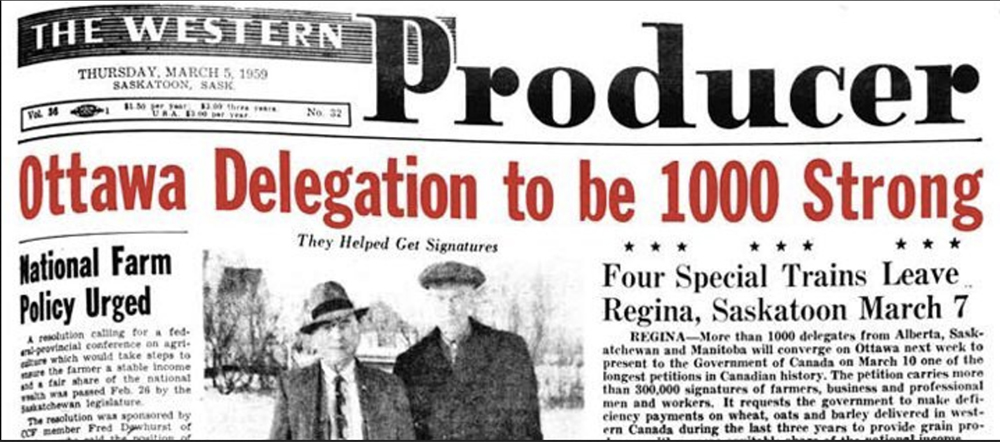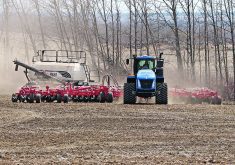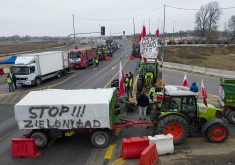The recent protest in Ottawa over COVID-19 public health measures is not the first time citizens have taken to the streets of the nation’s capital to champion a cause.
One of the most infamous efforts didn’t even make it to Ottawa. Unemployed men who wanted to air their grievances with the federal government in the depths of the Great Depression headed east from British Columbia but were stopped by the RCMP in Saskatchewan, triggering what became known as the Regina Riot.
Farmers have held their fair share of much more peaceful marches on Ottawa over the years.
Read Also

Invigor Gold variety viewed as threat to condiment mustard
Invigor Gold, the canola-quality mustard developed by BASF, is on a collision course with Canada’s condiment mustard industry. It’s difficult to see how the two can co-exist.
In 1942, 400 producers arrived in the capital demanding higher wheat prices.
In 1959, 1,100 delegates made the trip, this time asking for financial assistance to make up for falling farm revenue.
The Western Producer not only covered that event but also sent its editor and a reporter on the trains to produce daily newspapers for the farmers on board.
These types of mass farmer action have generally gone out of favour since then, although not completely.
In 1992, 30,000 farmers rallied in Ottawa to protest the potential loss of supply management under General Agreement on Tariffs and Trade negotiations.
However, the most fascinating march on Ottawa occurred in 1910, when 800 farmers descended on the city to demand federally owned grain elevators, a rail line to Hudson Bay and tariff reductions.
Once in town, they held a meeting at the local opera house to talk strategy and hash out what they called a “Farmers’ Platform.”
But it’s what happened next that’s so intriguing.
They headed over to Parliament Hill and found no security to speak of.
“In 1910, farmers were not a mere special interest group to be blocked with iron fences and security guards,” former Western Producer editor Garry Fairbairn wrote in his history of the Saskatchewan Wheat Pool.
“They were a majority of the population and agriculture was still the foundation of all things economic.”
The farmers crammed themselves into the House of Commons, not just the visitors’ gallery but the chamber itself, finding places to sit wherever they could. Some even sat at the desk of prime minister Wilfrid Laurier.
Can you imagine that happening today? I sure can’t.

















